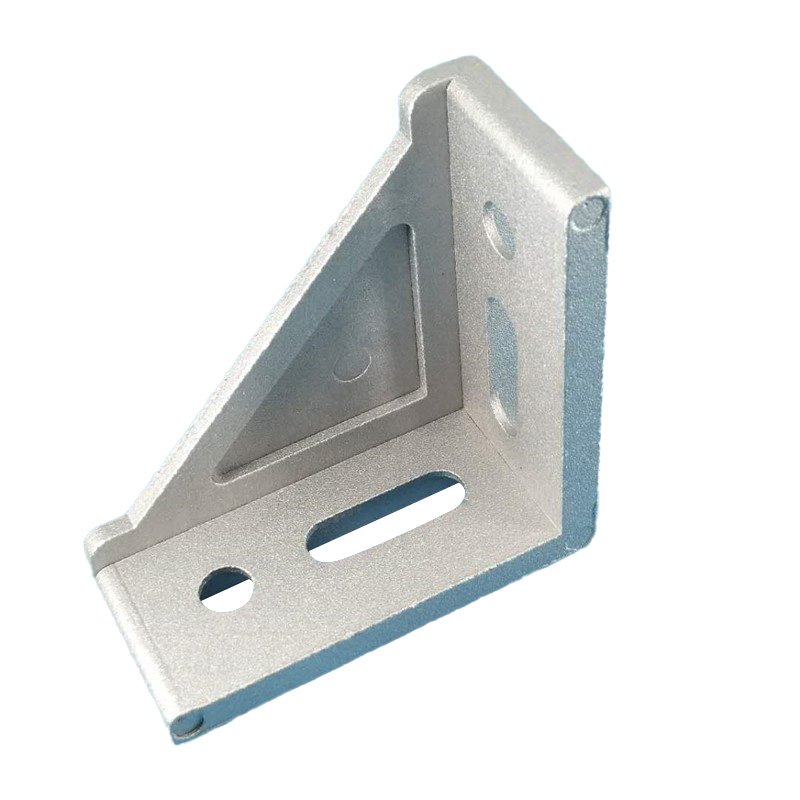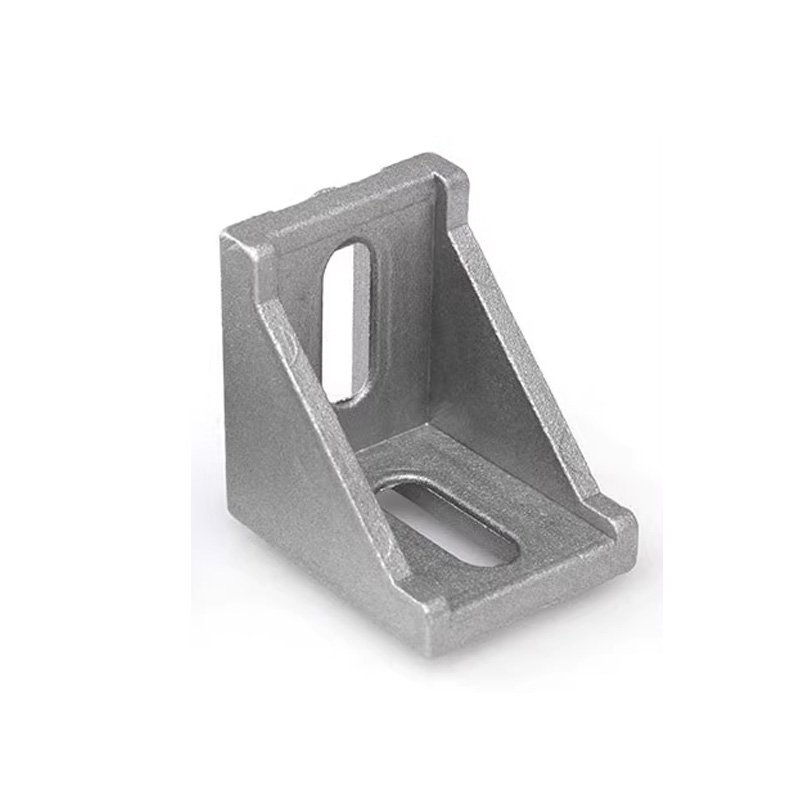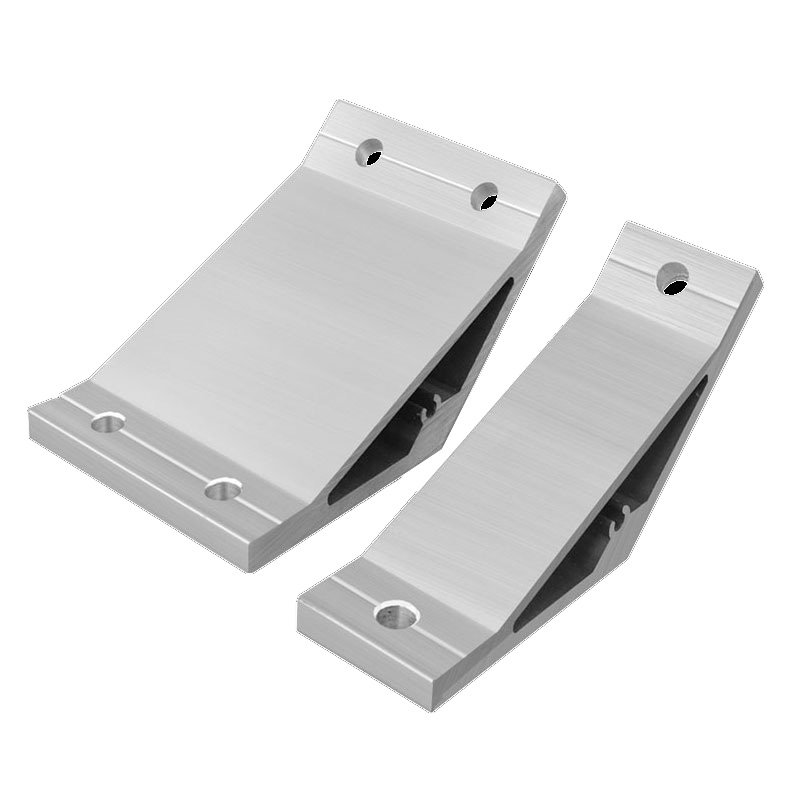Angle brackets are essential hardware components widely used in construction, furniture assembly, and industrial applications. These L-shaped brackets provide robust support, stability, and alignment for various structures and assemblies. Known for their simplicity and effectiveness, angle brackets are indispensable in ensuring the durability and reliability of projects. This article provides a detailed overview of angle brackets, their types, applications, and key considerations for selection and use, based on real-world data and examples.
What Are Angle Brackets?
Angle brackets are L-shaped metal or plastic components designed to join, reinforce, or support two surfaces at a right angle. They are typically fastened using screws, bolts, or adhesives, making them easy to install and highly versatile. Angle brackets are available in various sizes, materials, and designs to suit different load capacities and environmental conditions.
Key Features of Angle Brackets
- Structural Support: Provide strong reinforcement for joints and connections.
- Versatility: Suitable for a wide range of applications, from furniture assembly to industrial machinery.
- Ease of Installation: Simple to install using screws, bolts, or adhesives.
- Durability: Made from materials like steel, stainless steel, aluminum, or plastic for long-lasting performance.
 Types of Angle Brackets
Types of Angle Brackets
Angle brackets come in various designs to meet specific application requirements. Below are some of the most common types:
1. Steel Angle Brackets
- Design: Made from carbon steel for high strength and durability.
- Applications: Ideal for heavy-duty applications like construction and industrial machinery.
2. Stainless Steel Angle Brackets
- Design: Made from stainless steel for corrosion resistance.
- Applications: Suitable for outdoor or corrosive environments, such as marine or chemical industries.
3. Aluminum Angle Brackets
- Design: Lightweight and corrosion-resistant.
- Applications: Used in applications requiring reduced weight, such as aerospace or automotive.
4. Plastic Angle Brackets
- Design: Made from durable plastics like nylon or polycarbonate.
- Applications: Ideal for lightweight or non-conductive applications, such as electronics or furniture.
5. Adjustable Angle Brackets
- Design: Feature adjustable arms for flexible positioning.
- Applications: Used in applications requiring variable angles, such as shelving or signage.
Applications of Angle Brackets
Angle brackets are used across a wide range of industries and applications, including:
1. Construction
- Example: Reinforce joints in wooden or metal frames for buildings and structures.
2. Furniture Assembly
- Example: Provide support for table legs, shelves, and cabinets.
3. Industrial Machinery
- Example: Secure and align components in heavy machinery and equipment.
4. Automotive
- Example: Reinforce brackets for vehicle frames or engine mounts.
5. Electronics
- Example: Secure circuit boards or enclosures in electronic devices.
Selection Criteria for Angle Brackets
When selecting angle brackets, consider the following factors:
1. Load Capacity
- Lightweight: Plastic or aluminum brackets are suitable for light loads.
- Heavy-Duty: Steel or stainless steel brackets are required for larger loads.
2. Material
- Steel: Offers high strength and durability for industrial applications.
- Stainless Steel: Provides corrosion resistance for harsh environments.
- Aluminum: Lightweight and ideal for applications requiring reduced weight.
- Plastic: Suitable for non-conductive or lightweight applications.
3. Size and Dimensions
- Thickness: Choose brackets with appropriate thickness for the required strength.
- Arm Length: Ensure the bracket arms are long enough to provide adequate support.
4. Environmental Conditions
- Corrosion Resistance: Select stainless steel or coated brackets for outdoor or corrosive environments.
- Temperature: Choose materials that can withstand the operating temperature range.
5. Installation Method
- Screws or Bolts: Ensure the bracket has pre-drilled holes for easy installation.
- Adhesives: Consider adhesive-backed brackets for non-invasive installations.
Installation and Maintenance Tips
1. Installation
- Alignment: Ensure the surfaces are properly aligned before fastening the bracket.
- Fasteners: Use screws or bolts of the appropriate size and strength for secure installation.
2. Maintenance
- Inspection: Regularly check for signs of wear, corrosion, or loosening.
- Replacement: Replace damaged or worn brackets to maintain structural integrity.
Common Issues and Solutions
1. Corrosion
- Issue: Steel brackets may corrode in humid or corrosive environments.
- Solution: Use stainless steel or coated brackets for better corrosion resistance.
2. Overloading
- Issue: Exceeding the load capacity can cause brackets to deform or fail.
- Solution: Choose brackets with a higher load rating for heavy-duty applications.
3. Misalignment
- Issue: Improper alignment can reduce the effectiveness of the bracket.
- Solution: Use adjustable brackets or alignment tools during installation.
Conclusion
Angle brackets are versatile and essential components for providing structural support and alignment in a wide range of applications. By understanding the different types, selection criteria, and maintenance practices, you can ensure optimal performance and longevity of your projects. Whether you’re working in construction, furniture assembly, or industrial machinery, angle brackets are a critical part of your success.








